China issues roadmap for high-quality development of iron and steel industry
Chinese authorities issued a guideline on promoting the high-quality development of the iron and steel industry, which specified that China’s iron and steel industry aims to basically form a high-quality development pattern featuring reasonable layout and structure, stable supply of resources, advanced technical equipment, high quality products and outstanding brands, high level of intelligentization, strong global competitiveness, as well as green, low-carbon, and sustainable development by 2025.
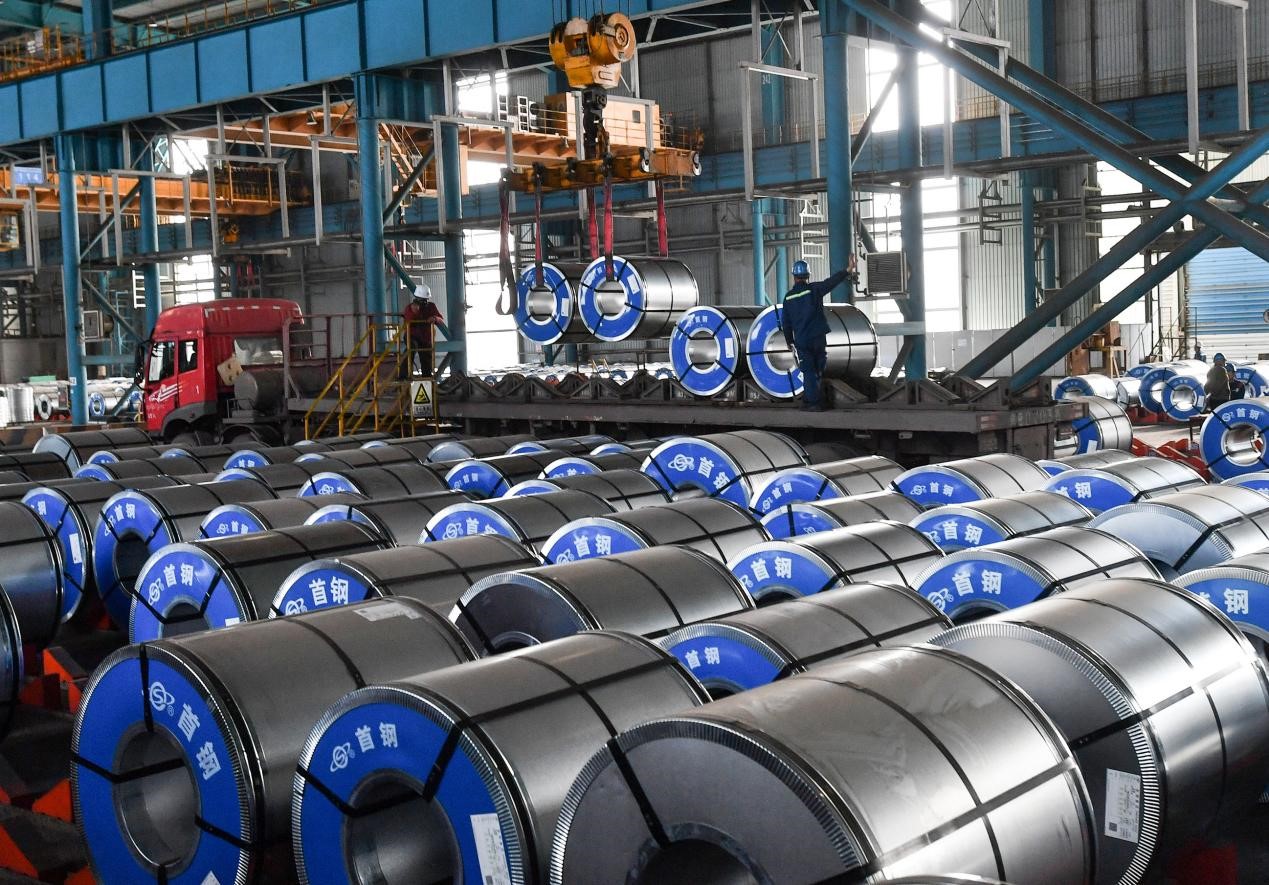
Workers hoist electrical steel at a factory of an electromagnetic material company at the economic development zone of Qian’an city, north China’s Hebei province, Dec. 20, 2021. (People’s Daily Online/Peng Yuejuan)
Last year, China’s iron and steel industry delivered impressive performance and maintained sound growth momentum. Key large and medium-sized iron and steel enterprises reported a cumulative revenue of 6.93 trillion yuan ($1.09 trillion), a year-on-year increase of 32.7 percent; their total profits reached 352.4 billion yuan, rising 59.7 percent compared with a year before.
This is attributed to the robust market demand last year as well as the progress in the supply-side structural reform of the industry in recent years, pointed out Luo Tiejun, vice president of the China Iron and Steel Association.
According to Luo, China’s iron and steel industry witnessed significant results in eliminating excess capacity, adjusting structure, and promoting upgrading during the country’s 13th Five-Year Plan period (2016-2020).
During the period, the industry cut crude steel output by over 150 million tons, Luo said, adding that the annual labor productivity of main links in the production of iron and steel products increased from 527 tons per person to 850 tons per person.
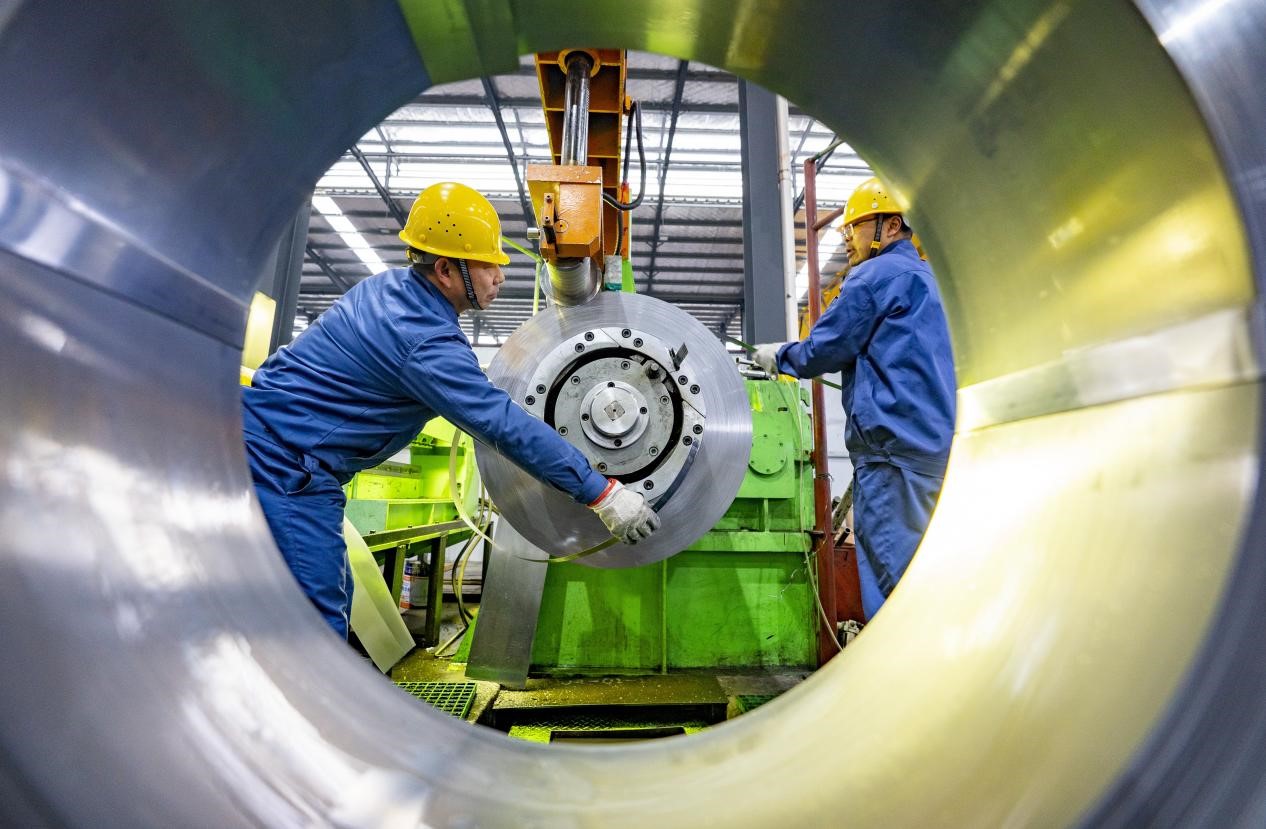
Workers with a functional material company package steel belt products at a production line in the economic development zone of Xinyu city, east China’s Jiangxi province, Feb. 16, 2022. (People’s Daily Online/Zhao Chunliang)
China is now at the later stage of industrialization and the middle and later stage of urbanization; domestic demands for steel products will remain at a high level during the next few years driven by the country’s tasks for achieving industrialization and urbanization, said Li Xinchuang, chief engineer at the China Metallurgical Industry Planning and Research Institute.
Li believes that 5G, industrial Internet and other new-generation information technologies provide favorable conditions for the transformation and upgrading of the iron and steel industry.
Data suggest that the numerical control rate of key processes of China’s metallurgical industry and the percentage of digital production equipment in the industry reached 65.4 percent and 47 percent, respectively, in 2020, signifying a high level of digitalization in the sector.
Intelligent transformation is a systematic project that covers all the links of the industry, from purchasing, designing to production and sale, Luo noted, adding that smart manufacturing in China’s iron and steel industry faces problems including uneven capacity, incomplete standards, and insufficient supply of software and hardware.
The guideline, which was jointly released by the Ministry of Industry and Information Technology (MIIT), the National Development and Reform Commission (NDRC) and the Ministry of Ecology and Environment (MEE), pointed out that China intends to lift the numerical control rate of key processes of the metallurgical industry and the proportion of digital production equipment in the industry to about 80 percent and 55 percent, respectively, and build over 30 smart factories by 2025, which is expected to help the iron and steel industry move into the fast lane of intelligent development.
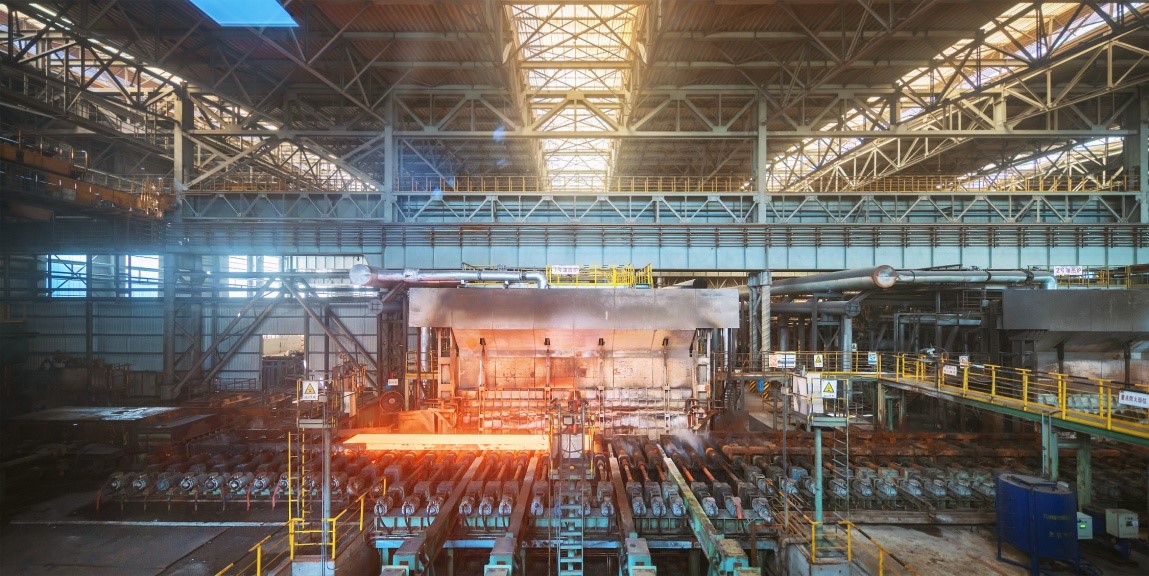
Photo taken on March 10, 2022 shows a steel rolling production line of Magang (Group) Holding Co., Ltd., an iron and steel complex in Ma’anshan city, east China’s Anhui province. (People’s Daily Online/Zhang Mingwei)
In the future, the iron and steel industry should stick to intelligentization-oriented technological innovation, focus on equipment operation and maintenance intelligentization, improvement in production process transparency, overall supply chain collaboration and environmental protection management, and integrate 5G, industrial Internet, artificial intelligence (AI) and other new technologies into manufacturing and operation, in a bid to cultivate new competitive strengths, Luo pointed out
During the 13th Five-Year Plan period, China’s dependence on imported iron ore exceeded 80 percent. High dependence on imports and rising prices of imported ore have eroded the profits of the country’s iron and steel industry and downstream industries and threatened the safe and stable operation of the industry, Luo said.
In response to risks facing the supply of iron ore, the guideline proposed establishing a system for the reserves of iron ore output and mineral lands.
Noting that iron ore is an important strategic resource related to economy and people’s livelihood, Li said that the establishment of such a system is expected to become an important regulatory measure to stabilize iron ore market price and ensure the safety of the industrial chain.
The guidelines also said the country will encourage the import of resource products and semi-finished goods in the industry. China’s imports of resource and semi-manufactured products have been at a high level in recent years, Luo noted, adding that making full use of international and domestic scrap steel resources will help the country reduce dependence on imported iron ore, cut energy consumption and carbon emissions and better guarantee resource security.
China also needs to strengthen the utilization of international iron ore resources. According to Luo, it is important to enhance investment and development of overseas mineral resources and increase the proportion of overseas resource rights and interests to diversify the sources of overseas resources and effectively improve the country’s capability to guarantee resources.
Photos
 Increasingly more young adults in China register wills that include virtual assets
Increasingly more young adults in China register wills that include virtual assets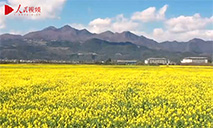 Rapeseed flowers turn NW China's Luoping into picturesque spring wonderland
Rapeseed flowers turn NW China's Luoping into picturesque spring wonderland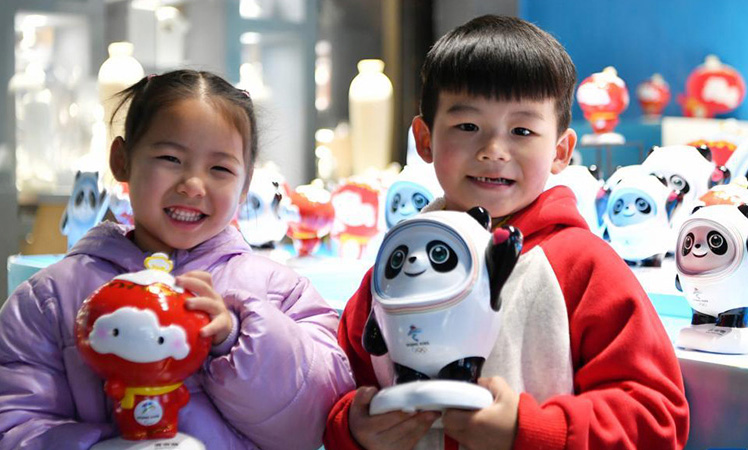 Why do people in China fall for animated characters like LinaBell and Bing Dwen Dwen?
Why do people in China fall for animated characters like LinaBell and Bing Dwen Dwen? Photo Album: architecture in Beijing merging history and modernity
Photo Album: architecture in Beijing merging history and modernity
Related Stories
- 5G energizes China’s iron and steel industry
- Chinese exports have little impact on U.S. steel industry: ministry
- Chinese Ambassador: China and Britain Should Collaborate to Solve Steel Crisis
- China plans to resolve steel industry overcapacity by 2017
- China steel industry struggles
- Chinese steel giant demolishes outdated coking furnaces
- E-commerce gives leg-up to ailing steel industry
- Toughest quarter in years for steel sector
- Loss forecasted for over half steel firms in H1
- Experts sees moderate expansion in China's steel demand
Copyright © 2022 People's Daily Online. All Rights Reserved.






